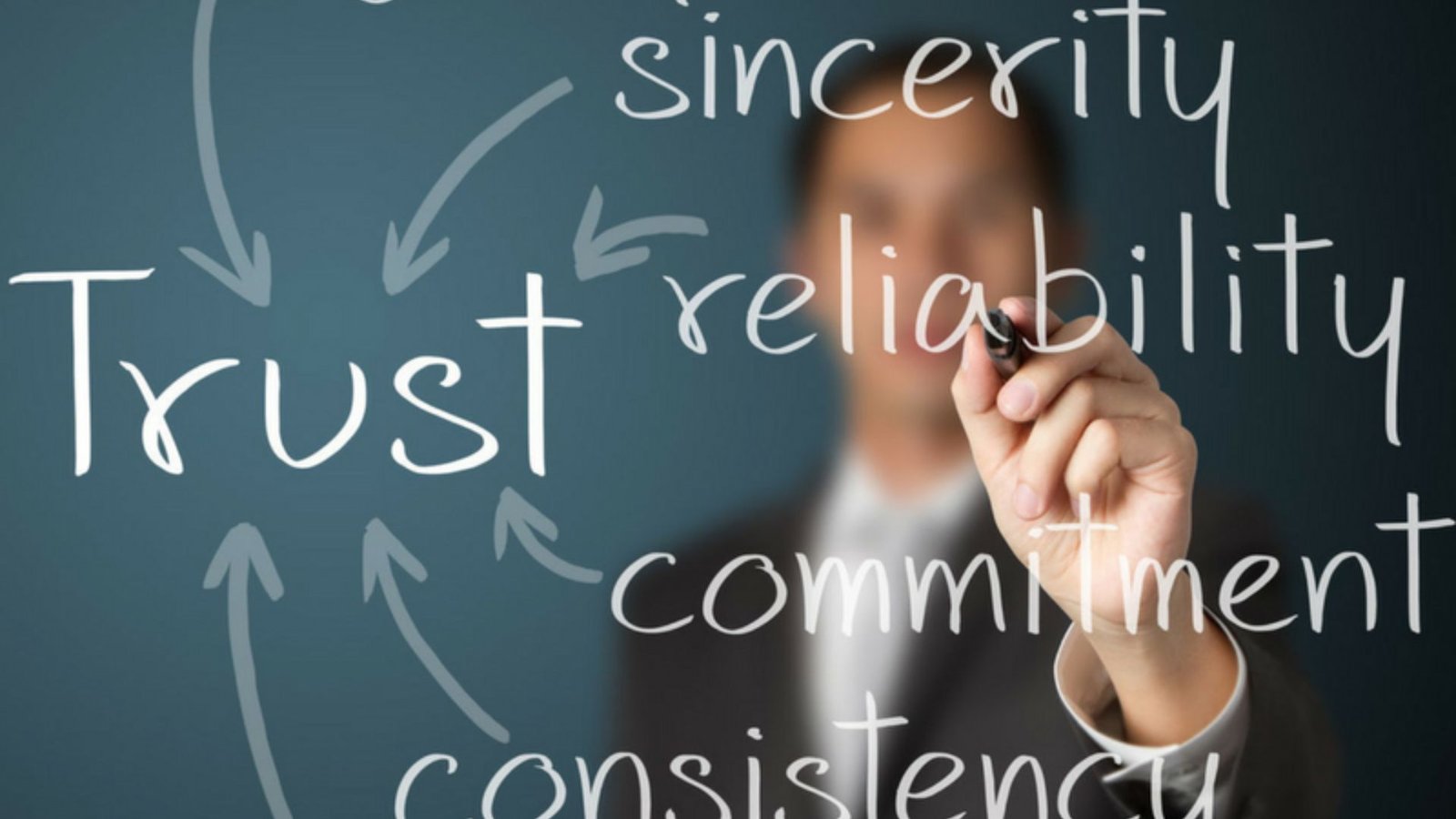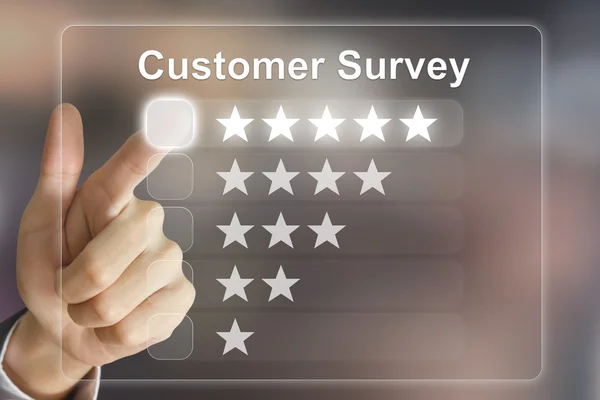Creating content that captures attention and drives action isn’t just about clever writing or design—it’s about understanding human psychology. High-performing content taps into emotions, cognitive biases, and behavioral triggers to connect with audiences in meaningful ways. By applying psychological principles, marketers can increase engagement, shares, and conversions.

The Power of Emotional Engagement
Emotion drives action. Content that makes people feel something—whether excitement, curiosity, joy, or empathy—is more likely to be shared and remembered. For example, a video showing a real customer’s success story evokes empathy and inspires viewers to imagine themselves achieving similar results. Positive emotions encourage shares, while content that triggers mild tension or suspense captures attention and keeps viewers watching.
The Role of Cognitive Biases
Understanding cognitive biases can make content more persuasive. For example:
-
Social Proof: People follow the actions of others. Testimonials, reviews, and case studies show that your product or service is trusted, increasing credibility.
-
Scarcity: Limited-time offers or exclusive content trigger urgency, prompting immediate action.
-
Reciprocity: Giving valuable tips or free resources makes audiences feel obliged to respond positively, often by engaging or purchasing.
High-performing content subtly leverages these biases without feeling manipulative.
The Importance of Storytelling
Humans are wired to respond to stories. Storytelling simplifies complex ideas, evokes emotions, and creates memorable experiences. A blog post or video that frames your product as part of a customer’s journey helps audiences relate, making them more likely to engage. Stories also provide a narrative structure, which makes content easier to process and remember compared to isolated facts or promotional messages.
Visual Psychology Matters
The brain processes visuals faster than text. High-performing content uses imagery, colors, and layouts strategically. For example, bright colors can capture attention, while clean design improves readability. Infographics, charts, and videos convey complex information quickly and engage multiple senses. Visual cues also guide the audience’s focus and can reinforce key messages, making the content more persuasive.
Triggering Curiosity and Novelty
Humans are naturally curious and drawn to novelty. Headlines or posts that spark questions, present surprising facts, or introduce new perspectives can significantly increase engagement. For example, a blog titled “7 Surprising Habits of Highly Successful Creators” immediately intrigues the reader, prompting clicks. Combining curiosity with valuable insights keeps audiences engaged longer and encourages sharing.
Consistency and Cognitive Ease
Consistency and familiarity make content easier to process and trust. Using consistent branding, tone, and posting schedules reduces cognitive load for your audience, making them more likely to engage. When content feels familiar yet still provides value or novelty, it reinforces trust and encourages repeat interactions.
The Role of Social Connection
Content that fosters social connection—through community discussions, comments, or shareable moments—performs better. Humans are social creatures who seek validation and belonging. Encouraging audience interaction, highlighting user-generated content, or creating discussion opportunities taps into this desire, increasing engagement and the likelihood of virality.
Conclusion
High-performing content succeeds because it aligns with human psychology. By leveraging emotional engagement, cognitive biases, storytelling, visual cues, curiosity, consistency, and social connection, brands can create content that resonates deeply, encourages action, and drives measurable results. Understanding the psychological triggers behind engagement allows marketers to design content that not only attracts attention but also inspires meaningful interactions.











